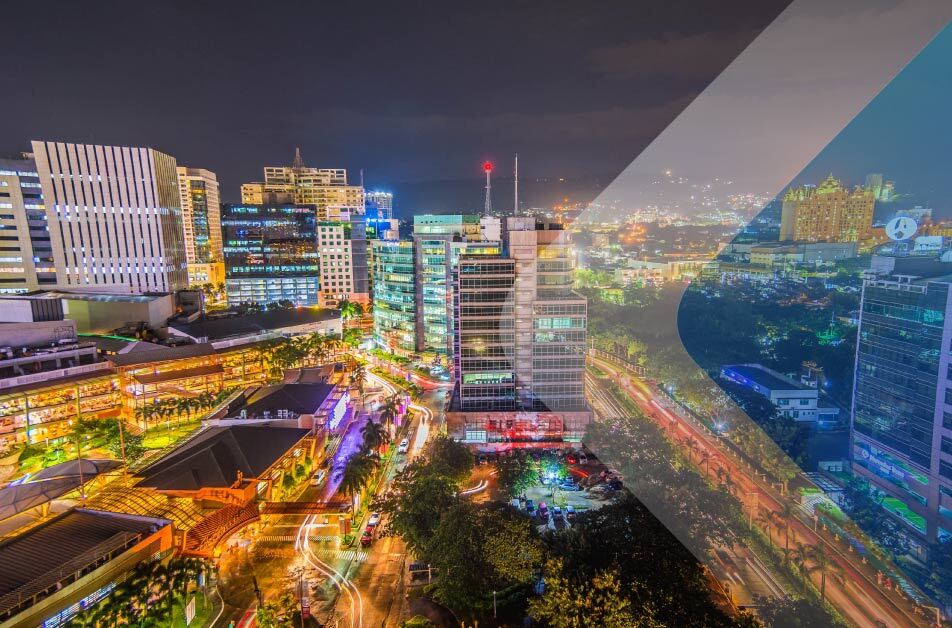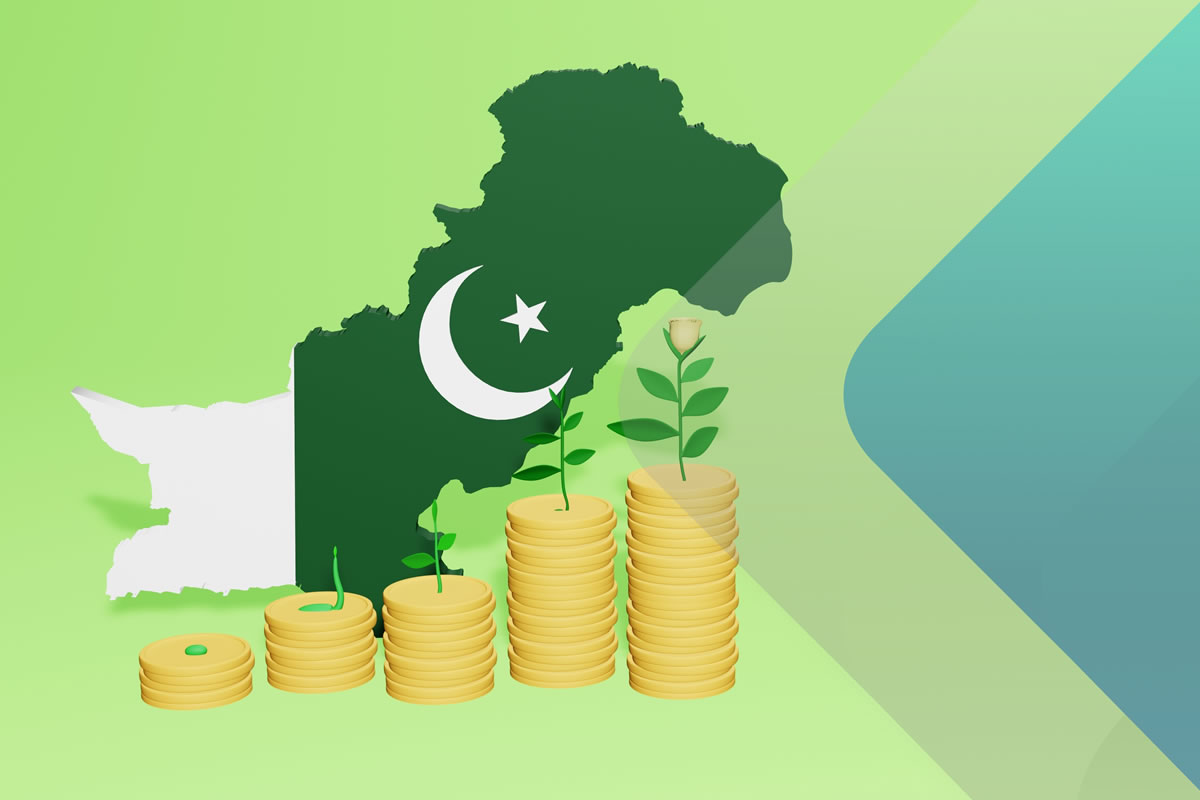Employer Of Record in Vietnam
We make it easy and painless to expand your business into Vietnam. Forget about dealing with local regulations, confusing tax laws and international payroll management. We take care of all that so you don't have to.
Accelerate your growth into Vietnam Compliantly and hassle-free
How we can help you expand in Vietnam
As your EOR in Vietnam we’d help you expand by hiring employees and running their payroll without establishing a local branch office or subsidiary.
Your candidate is hired by a PEO in Vietnam provider in accordance with local labor laws and can be onboarded in days instead of the months it typically takes. Shortly after, your new employee will be working for you, just like any other member of your team.
Expand to Vietnam with Serviap Global
Through our PEO and EOR services, you can hire qualified talent in your industry without the trouble of opening your own legal entity.
In just a few days, you can easily and safely build a presence in Vietnam being sure that your staff will be hired in compliance with labor and tax regulations.
Quick Facts
Currency:
Vietnamese Dong (VND)
Capital:
Hanoi
Payroll Cycle:
Monthly
Language(s):
Vietnamese
Vietnam Country Facts
The Economy
The Importance of Small and Medium-sized Companies
Population Characteristics
Economic Opportunities
Key Sectors of the National Economy
Ho Chi Minh City, the “Silicon Valley of Vietnam”
Technological Ecosystem
Facilities for Foreign Investment
Business Culture in Vietnam
Vietnam Gastronomy: regional and traditional cuisines
General Highlights
| Year | 2022 |
| Country | Vietnam |
| Capital | Hanoi |
| Num. States / Province | 63 provinces |
Principal Cities | Ho Chi Minh City (Saigon) Hanoi Da Nang Hoi An Nha Trang Mui Ne and Phan Thiet |
| Language | Vietnamese |
| Local Currency | Dong (VND) |
| Major Religion | Folk (45.3%) |
| Date Format | DD/MM/YYYY |
| Thousands Separator Format | 999.999.999,99 |
| Country Dial Code | +84 |
| Time Zone | Vietnam Standard Time (UTC +7) |
| Population | 96,208,984 (15th most) |
| Border Countries | North: China; West: Laos and Cambodia |
| Continental surface | 331,699 KM2 (66th most) |
| Fiscal Year | January 1 to December 31 |
| VAT % | 10% |
Minimum Wage | Minimum wage varies by region. There are four regional salaries, going from 3,070,000 VND to 4,420,000 VND |
| Taxpayer Identification Number Name in the country | Tax Code |
| Current President | Nguyen Xuan Phuc |
| Current General Secretary | Nguyen Phu Trong |
What you need to know about employing personal in Vietnam:
Laws and Agencies that regulate labor relationships
| Laws | Brief Description |
| Constitution of the Socialist Republic of Vietnam | Adopted in 2013, this is the document that contains all rules and regulations for how the government and its people run. |
Labor Code | The document that dictates all the rules and regulations for employment in Vietnam. It was modified in 2021 to provide better protection for employees. |
| Tax Code | The law that governs how individuals and businesses are taxed in Vietnam. |
| Social Security | The overarching program that provides social security systems, including health insurance, unemployment insurance and social insurance. |
Key Tax and Labor Authorities
The Ministry of Finance | The government entity responsible for all finances in Vietnam, including its tax revenue, national financial reserves, finances of state businesses and managing the budget. |
| Law on Social Insurance (Law No. 58/2014/QH13) |
The law that dictates all social insurance programs in the country. |
Labor Contracts
Labour Code 2019 (Also Decree 152/2020/ ND-CP) | The rules that dictate all employment activities in Vietnam for both residents and non-residents. |
| Contracts | Contracts can be either fixed-terms or indefinite. There’s no minimum for fixed-term, but they can’t be longer than 36 months. Parties can only have two successive employment contracts that are fixed-term. If they want to continue with employment after this point, they must enter into an indefinite contract. |
| Work Hours | Employees in “normal working conditions” can’t work more than 8 hours each day and 48 hours per week. Employees in “hazardous, extremely heavy or toxic working conditions” are limited to 6 hours per day and 36 hours per week. |
Basic Requirements
Labor Code dictates contracts must contain:
- Employer’s name and address
- Name and position of the person signing on behalf of the company
- Full name, identity card number, passport number, date of birth, place of residence and gender of employee
- Description of the work to be performed, including the job location and the term
- Wages
- Working hours, holidays and rest breaks
- Personal protective equipment provided to the employee
- Social, unemployment and health insurance provided to the employee
- Training and skills improvement programs provided to the employee
Payroll
There are no specific rules that set how salaries must be paid. There must be an agreement between the em- ployee and employer, though. All salaries have to be made directly to the employee, in full and on time.
Legal Benefits in Vietnam
- Profit sharing
- Paid time off
- Training and skills improvement
- Health and social insurance
- Retirement benefits
- Personal protective equipment
| Minimum Wage | Minimum wage varies by region. There are four regional salaries, going from 3,070,000 VND to 4,420,000 VND.
Untrained workers can’t be paid lower than these minimum wages. Trained workers have to be paid at least 7% more than these minimums. |
| Wages | There are no specific guidelines for how payment must be made to the employee. |
| Overtime | Overtime is capped at 40 hours per month, or 200 hours per year. Overtime pay is determined based on the following: • On regular working days: at least 1.5 times the normal rate • On the weekend: At least 2 times the normal rate • On paid public holidays or paid annual leave days: At least 3 times the normal rate |
| Vacations or PTO | All employees are entitled to at least 12 days of annual leave that is paid, in addition to public holidays. Those working in toxic environments must get at least 14 days of paid leave annually. Employees are also given an additional day of paid leave for every five years that they work for an employee consecutively. |
Leaves of Absence Employees have the right to paid absences for the following things: | All employees are entitled to sick leave that is paid. The number of days available varies depending on how long the employee has paid into the social insurance premiums. • Less than 15 years: 30 days • 15-30 years: 40 days • 30+ years: 60 days All employees are paid 75% of their salary for paid sick leave. |
Employers Contribution or Labor Cost
Employers are subject to taxes and other costs for having employees. Employers cannot recover these costs.
Annual Taxable Income
Vietnam has a progressive personal income tax that tops out at 35%. Non-residents are taxed at a flat rate of 20%.
| Over this amount | Not over this amount | Tax % on Excess |
| 0 VND | 60,000,000 VND | 5% |
| 60,000,000 | 120,000,000 | 10% |
| 120,000,000 | 216,000,000 | 15% |
| 216,000,000 | 384,000,000 | 20% |
| 384,000,000 | 624,000,000 | 25% |
| 624,000,000 | 960,000,000 | 30% |
| 960,000,000 | 35% |
Corporate Tax Rates
| Industry | Tax Rate |
| General corporate income tax | 25% |
| Gas, oil and other precious natural resources | 32% to 50% (project-dependent) |
Types of Disabilities
Vietnamese residents must be assessed at a loss of work capacity of at least 61% to qualify for disability benefits. In addition, they must not qualify for a pension through social insurance.
Maternity Leave
Females are entitled to maternity leave of six months. Those who give birth to two or more children are enti- tled to one additional month of leave for each child from the second. Employees who adopt a child are also entitled to maternity leave until that child reaches 6 months old. The maternity leave payment will come in the form of a lump-sum that’s equal to two times their basic salary.
Fathers can take a leave as well. Within the first 30 days after birth, husbands can take a leave between 5 to 14 working days, depending on a number of conditions.
Public Holidays
| Date | Holiday Name |
| January 1 | New Year’s Day |
| January 31 to February 4 | Tet |
| April 10 | Hung Kings Commemoration Day |
| April 11 | Hung Kings Commemoration Holiday |
| April 30 | Reunification Day |
| May 1 | Labor Day |
| May 2 | Reunification Day Holiday |
| May 3 | Labor Day Holiday |
| September 2 | National Day |
Termination
The Labor Code outlines rules for termination of an employment contract:
| Type of Termination | Brief Description |
No cause | Employers must provide notice to employees they intend to terminate. The time period is dependent on the type of contract.
Indefinite term: 45 days’ notice Fixed-term: 30 days’ notice Contracts less than 12 months: 3 working days’ notice |
| Employee resigning | Employees who intend to resign also must submit notice to their employer. |
Other forms of compensation upon termination include
Severance pay grades are based on the following table
Length of Employment | Severance Amount |
At least 12 months | 1.5 month’s wages for each year of employment |
You might be interested in reading...
Your one-stop global hiring solution. Secure, reliable, compliant

Premium Support
No matter how big or small, we are ready to answer all your questions- anytime, anywhere.

Regional expertise
Our team of in-country experts help you navigate new markets and cultural nuances

Top-tier Benefits Packages
Great talent deserves great benefits. We offer a competitive range of benefits so that you only attract top-tier talent worldwide.

You remain 0% liable
Shift the worry from your shoulders to ours! We stay on top of regulations so you’re always 100% complaint with local laws







